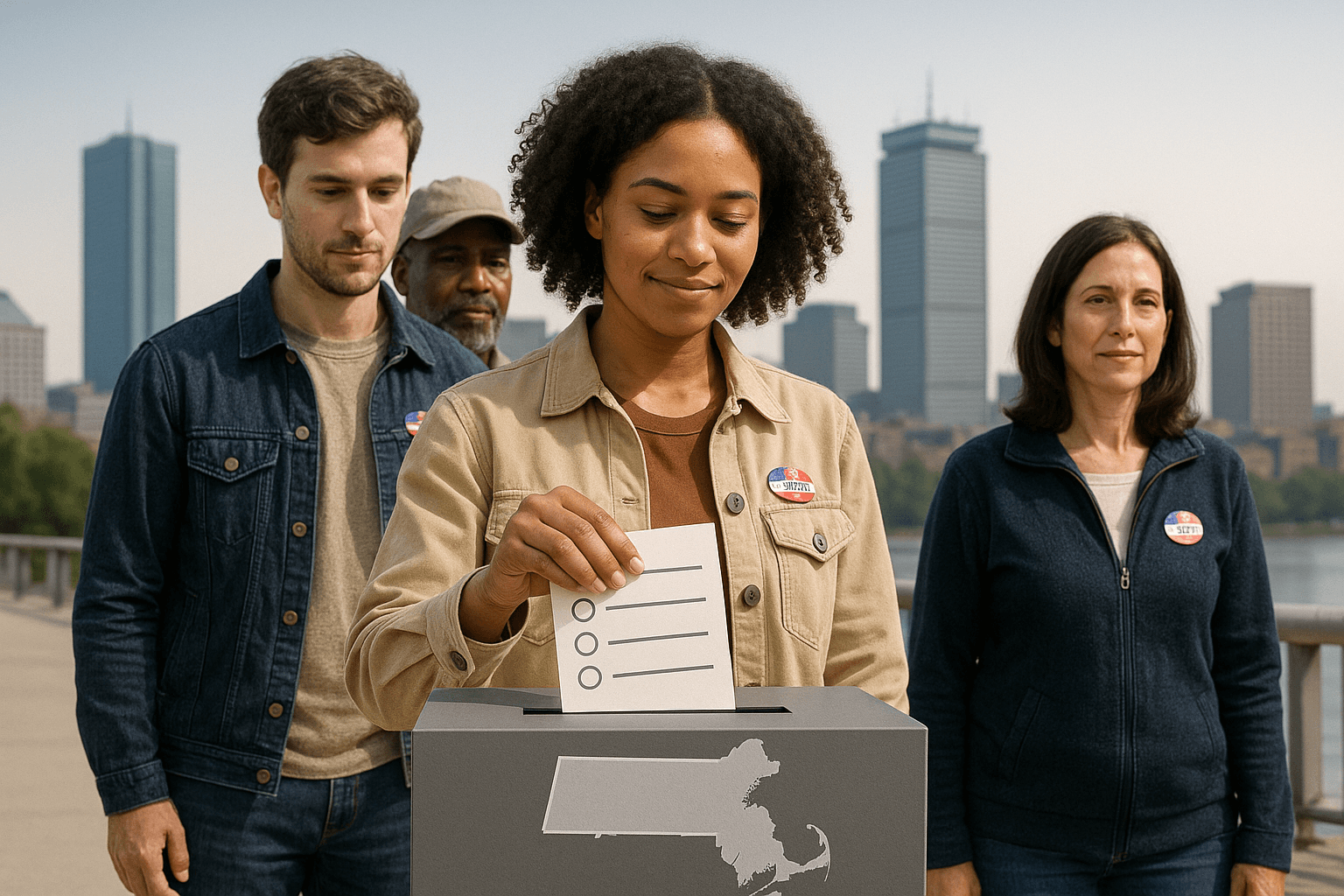Proportional Representation Gives Parties Even More Power over Elections

NATIONAL -- There are numerous systemic problems with proportional representation (PR).These are rarely ever discussed when comparing and contrasting the U.S. system with most European systems. Oftentimes dissatisfied voters in the United States look longingly toward European systems as the answer to their problems. Unfortunately, proportional representation is not all its cracked up to be.
Proportional Representation makes parliaments and parties less bipartisan and more ideological. It's hard to imagine parties like Golden Dawn, UKIP, and Front National being willing to compromise their principles to advance a legislative agenda. These parties win, by and large, by campaigning loudly and angrily.PR also makes political parties far more powerful. PR will sometimes use party lists to choose the politicians who represent the party. Simply put, this means high-ranking party elites get to choose who represents the party and where. This ensures that the appointed politician who wins the election is loyal firstly to the party's central committee and not his or her district.
In some countries, a policymaker's seat belongs to the party and not to the politician. This means that the party can directly dictate his or her votes and even remove them if they do not comply with the party's agenda. It makes a person wonder how courageous Ron Paul or Elizabeth Warren would be if they had to plead to the RNC and DNC to maintain their districts every couple of cycles.
PR implementation would also lead to the destruction of local districts in favor of super districts. This could lead to a person's representative having little or no ties to the district he or she represents -- they just live in the capital near high-ranking party officials. It is also worth mentioning that if PR were implemented nationally it might not comply with states as districts, because PR only is concerned about percentages of voters, not where they live.
PR also would not have that large of an impact on voter participation. When legislative elections fall on a presidential year, the turnout is considerably higher than in the off years. IDEA claims that in 2012, voter turnout was 67.96 percent, which is pretty good considering that Belgium's last turnout was 89.37 percent.
Of additional interest is the fact that in Belgium voting is compulsory. The fact remains that U.S. voter turnout is comparable to other countries when elections fall on a presidential year.
I do agree that PR destroys gerrymandering as a political tool, which is good. However, PR also brings numerous drawbacks that American voters will not be happy with.
If Proportional Representation Were Implemented
I do not think we would see new moderate, bipartisan parties step up and begin running competitive campaigns. What I think we would likely see is the two major parties breakup into smaller constituencies. SuperPACs would create the next wave of American parties.
Think about it: they already control the funding; why wouldn't they just go the next step and setup parties (e.g. The Liberty Party (Funded by Club for Growth), America First Party (Funded by FreedomWorks)?
At the end of the day, the parties least likely to benefit from PR are our current third parties. None of these parties would be able to raise the support (financing, funding, volunteers) necessary to compete against the SuperPACs that are already adept at this very process through primaries.
You would see elections become more complicated, more corrupt, and far more nuanced.
Reform is Possible
I am of the opinion that party labels are not the problem -- their brands are the problem.
Historically, our major parties were far more diverse and offered far more solutions to their constituents and the American public. The problem is that our parties are acting more and more like ideological European parties, with a one-size-fits-all solution and method.The Democratic Party should have a progressive faction, a moderate faction, and a conservative faction; likewise the Republican Party should also host progressives, liberals, and conservatives. This model is far more realistic than a constitutional amendment. But it takes actual voters getting involved to make it happen.
Individuals need to be educated as to how much power they have over their party's narrative. The more people become involved in the process the more democratic it becomes.



